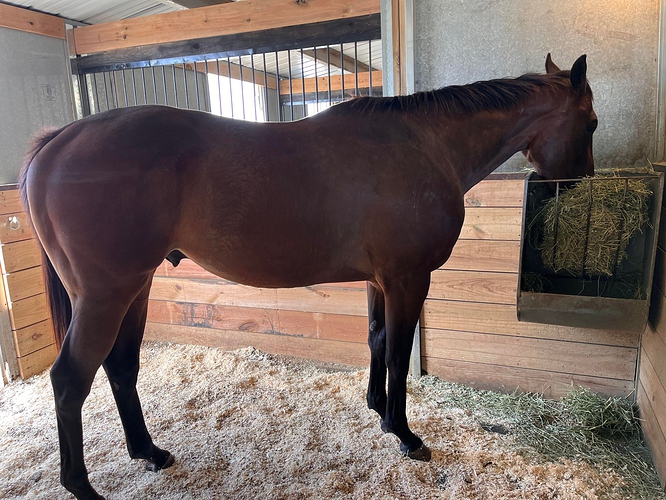Sanity check needed. Recently adopted a “no limitations unicorn” from several states away.
My vet and farrier say this 16.3, three year old gelding is not suitable for jumping/hunter career due to low pastern angles - he also is mildly pigeon toed and has a bench knee with splint on his right front so paddles pretty significantly. He looks fine (tho long pasterns) when just standing but has a pronounced drop even just standing when weight bearing. Agency adopting insists while not ideal for jumping, no limitations on his athletic ability and wants me to get a second opinion.
I am sending him back because while he is a lovely boy, we need a hunter prospect with potential to be a competitive hunter up to 3’, and don’t want to take the risk of suspensory injuries with him, but I am curious on other’s thoughts because my vet and farrier are very certain that I shouldn’t even consider him for a jumping career, but the adopting agency is equally as adamant that he would be fine.
What say you?









 I’m used to having yearlings and two year olds so refer to the horses in the barn that I am actually riding as my riders LOL - whoops.
I’m used to having yearlings and two year olds so refer to the horses in the barn that I am actually riding as my riders LOL - whoops.